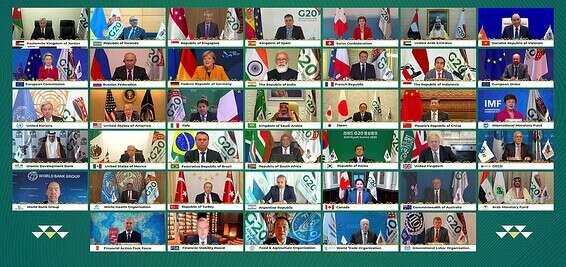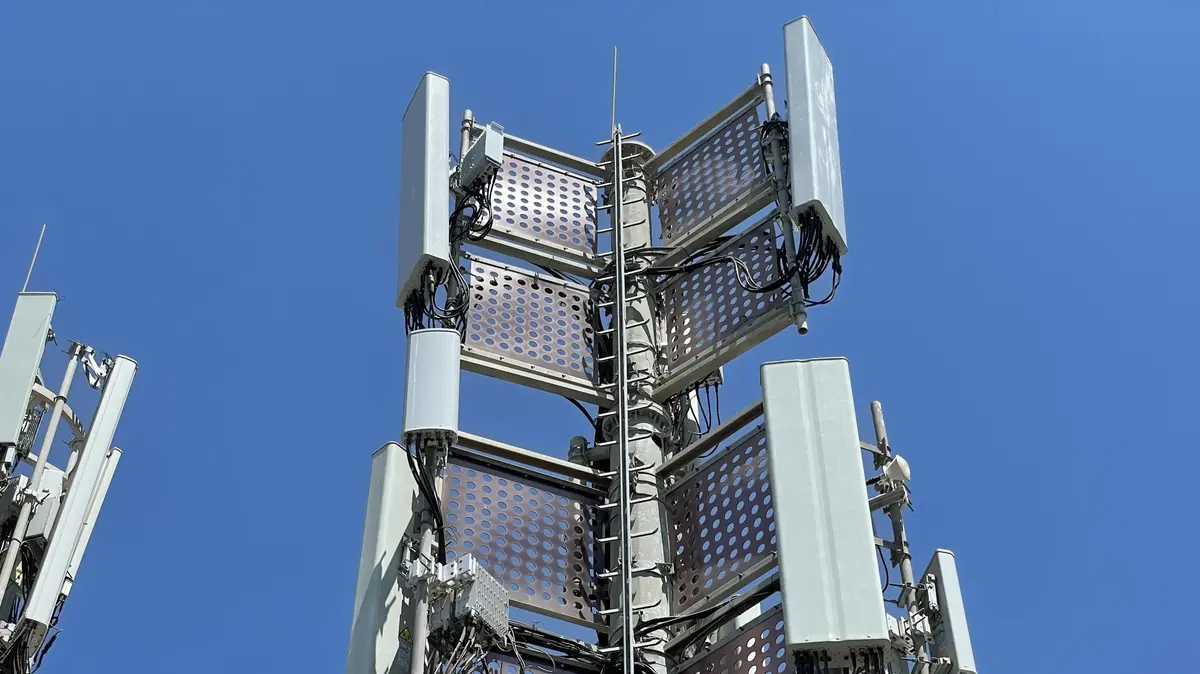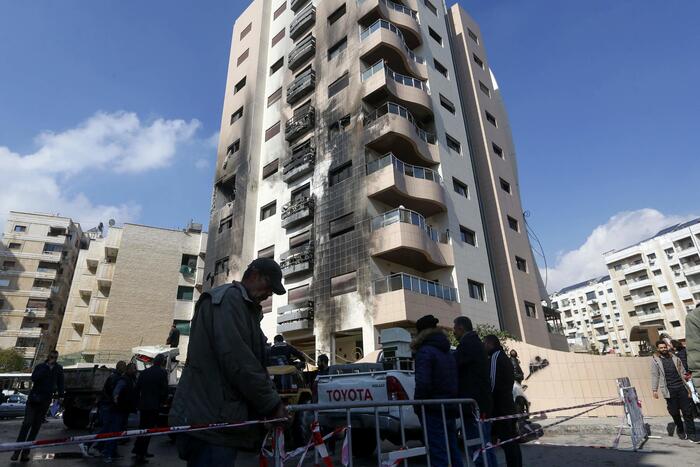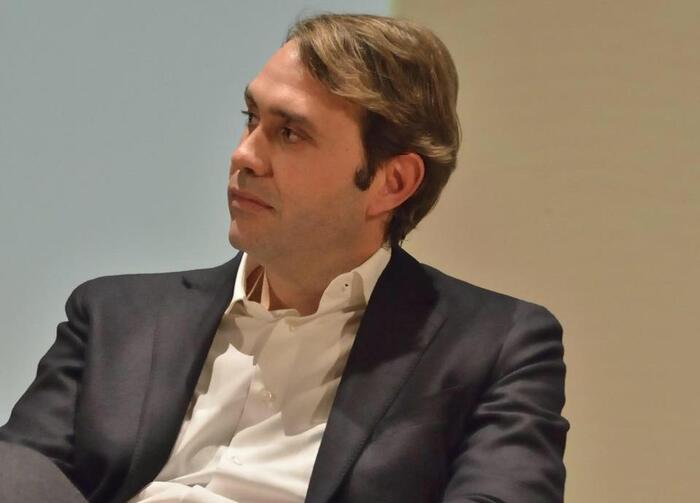The corona changed our lives from end to end, and brought great difficulty in observing Jewish mourning customs. • Funeral ceremonies and swearing-in ceremonies were underway, and Jews around the world discovered a new community.
Shortly after New York State began recognizing same-sex marriage in 2011, Judith Trachtenberg rushed to marry her partner for decades.
They were the first LGBT couple to score much from their favorite synagogue - Bnei Yeshurun - on the Upper West Side of Manhattan.
Around these days, Trachtenberg's partner, Rani Rachik, began to show initial symptoms of what was later diagnosed as Alzheimer's disease.
Rachik's condition worsened, and she eventually fell ill with cancer and died in June, a few months after the outbreak of the corona plague.
The 80-year-old Trachtenberg was one of the few people on a plane in those days, when she flew to St. Paul, Minnesota, Rachik's hometown, to be brought for burial.
It was very far from home, the doors of the synagogue remained closed and the rules of social distance were strictly enforced - and yet, Trachtenberg was not left without spiritual support.
Lots of invasion Sol from the Bnei Yeshurun Synagogue, who also won the marriage ceremony of the two in New York, posed in front of a camera and conducted a funeral ceremony with the participation of over 250 men and women.
"It was especially exciting that there was an invasion there as well," Trachtenberg admitted.
"Using Zoom was heartwarming and meaningful, and also allowed us to record the funeral ceremony."
Since then, the mourning widow and social work lecturer has made sure to attend the virtual prayer offered by the synagogue every day.
As required by halakhah, there is always a minyan in Zoom, and Trachtenberg takes care to say Kaddish mourners.
In the synagogue itself, the worshipers read the Kaddish aloud together.
However, due to the differences in the speed of internet connection, it is almost impossible to create the same effect even in online prayer.
Instead a cacophony of sounds is created that appear and fade away at random.
Nevertheless, it is easy to recognize this extraordinary recitation as the same ancient prayer said in Aramaic, and many find solace even in performing something jarring.
"I do not know if I would come to Beit Yeshurun every day," Trachtenberg explained.
"But with the zoom, I have no real excuse to miss a prayer."
According to her, in the days when they were repaired, it was very difficult to find a quorum, but today almost eighty worshipers turn up to zoom.
Jewish mourning rites are thousands of years old, and are considered the cornerstones of religion.
Mourning Jews are comforted in their own home during the shiva, when an incessant stream of family and friends arrives laden with food and heartwarming stories about the deceased.
The memory of the dead is commemorated throughout the next 11 months through the Kaddish prayer, which is said in physical proximity to at least nine other Jews.
But the corona virus, which has claimed the lives of over half a million people in the United States alone, has led to the suspension of these traditional ceremonies.
At first, there seemed to be no choice but to mourn alone.
Following the crisis, new social rules were formed to protect public health, but many communities adapted to the temporary closure culture and found new ways to come together and form social bonds.
A particularly famous example was recorded last September / Kosher Bader Ginsburg, a Jewish judge of the Supreme Court and a cultural icon, passed away.
Hundreds of mourners gathered online to virtually perform the funeral service, a Jewish tradition of preserving the body of the deceased from the moment of his death until his burial.
It was an initiative of "Honor and Consolation", an organization that helps Jews perform burial ceremonies.
"With all the sadness (about the plague), we were even more saddened by the kosher Bader Ginsburg passed away, and the network spontaneously prompted many people to do something," David Zinner, the organization's CEO, explained at a Zoom event to mark the anniversary of the plague.
During the virtual dead save, the organization collected online responses from about 600 people and turned them into a cloud of words.
"The cloud of words is a kind of snapshot in tiny Anpin, and represents what people thought and the feelings they had in their hearts," Zinner explained.
"It's a kind of picture of widespread community mourning, but at the same time of community support."
Most of the dead in the past year have not been as famous as Ginsburg, of course, but mourning for ordinary people is also reflected in new ways.
"Through the zoom quorum, we are able to create a sacred space"
The My Jewish Learning website responded to the plague by setting up a daily Kaddish quorum (due diligence: the site is part of 70 Faces Media, JTA's parent company).
It has been a full year that more than 60 men and women from around the world gather to listen to a few minutes of spiritual guidance provided by a round of rabbis, at the end of which everyone leads a prayer.
One of them is Sherry Laufer, a rabbi at the Stephen Wise Reform Synagogue in Los Angeles.
"At the moment it is impossible to get to the local synagogue, and certainly not to be crammed the same way," she explained a lot.
"And yet, we have learned over time how to create a compact virtual room and give people an address. For many, it has become their community. People show up there every day."
So did David Aronson, a 61-year-old software developer living in a Chicago suburb, after his father died when the plague broke out, from an unrelated disease.
Aronson initially feared that the mourning ceremonies would be held virtually, because among the rabbis of the Conservative movement to which he belonged, a controversy arose over whether a virtual quorum actually provided the necessary forum for reciting Kaddish - a question most of them had to require for the first time ever.
This apprehension, however, faded as soon as Aronson saw and heard the necessary number of worshipers, who had gathered on the screen at the same time.
"Through the zoom quorum, we are able to create a sacred space," Aronson explained.
"We created a quorum with the tools at our disposal, and it has tremendous significance."
The ability to preserve his father's memory helped Aronson become the person he wanted to be.
"My father was the most sociable person I have ever known. He opened up to complete strangers. For many years I was the complete opposite of him," he said.
But Aronson realized something that helped him emulate this trait of his father.
"I realized that sociability is not just working in my favor," the man said.
"It also works for the benefit of the other person."
Deborah Rotenberg of Canada continued to witness online the mourning of Aronson and many others even long after the official mourning period for her late father ended.
"I no longer say Kaddish, but I still go there every day, because now it's like family and home," explained Rotenberg, who joins Zoom from Ottawa.
"Here I found solace, and now it is an integral part of my agenda. I especially like Rabbi Menachem Karditor's poetry on Wednesdays. It is powerful and soft."
The plethora of these positive experiences raises the question of what will happen at the end of the plague.
According to Laufer, many rabbis are already talking about a physical return to synagogues, but in the process promise to incorporate virtual elements as well.
"That's the reality today, I can connect with the community for a quarter of an hour a day. And I don't have to get in the car, I don't have to plan it in advance.
"I love the synagogue, I work in the synagogue. But ... we need to think of ways to balance the need for a personal presence with the current reality, which has given us the tools and ability to create a community in another way as well."











